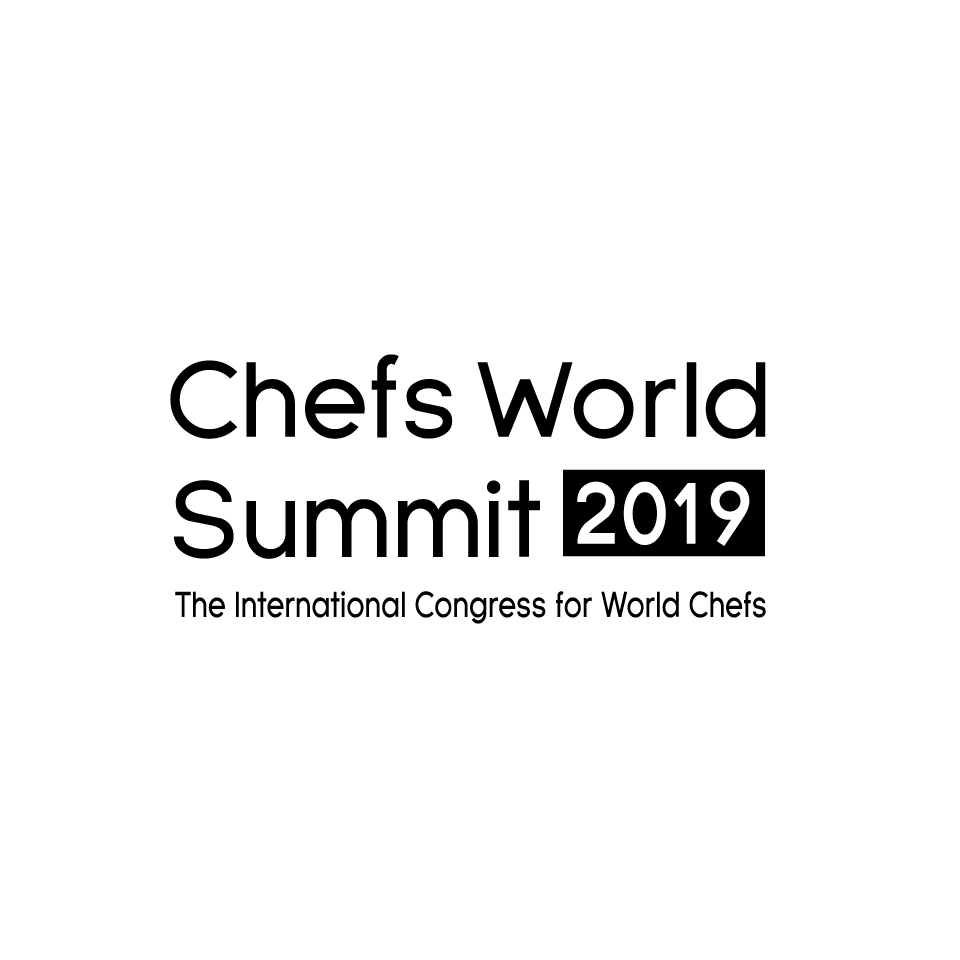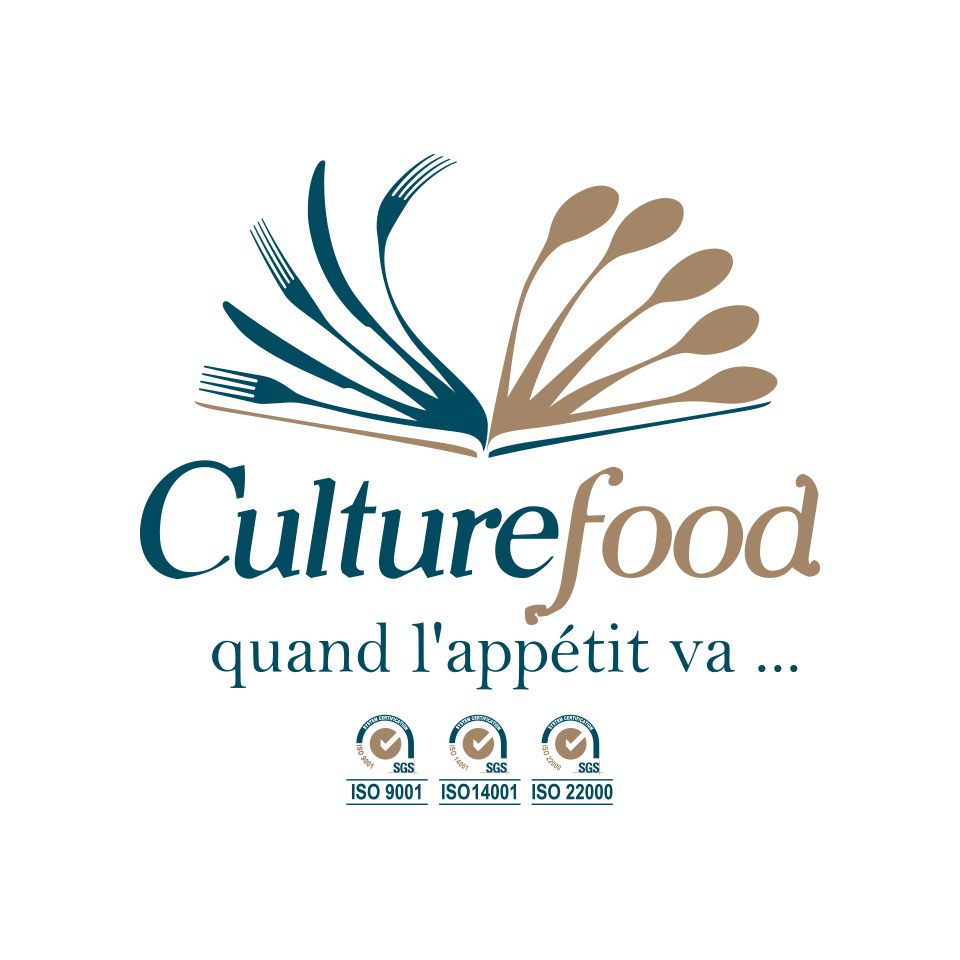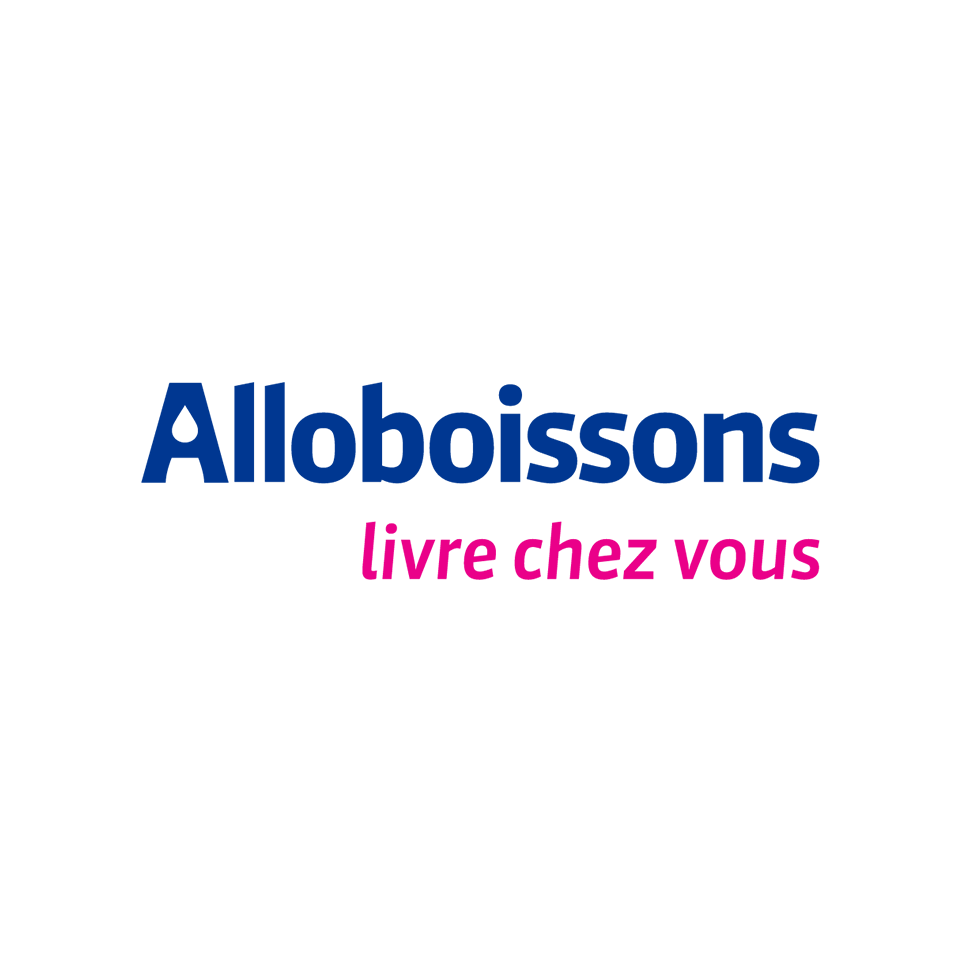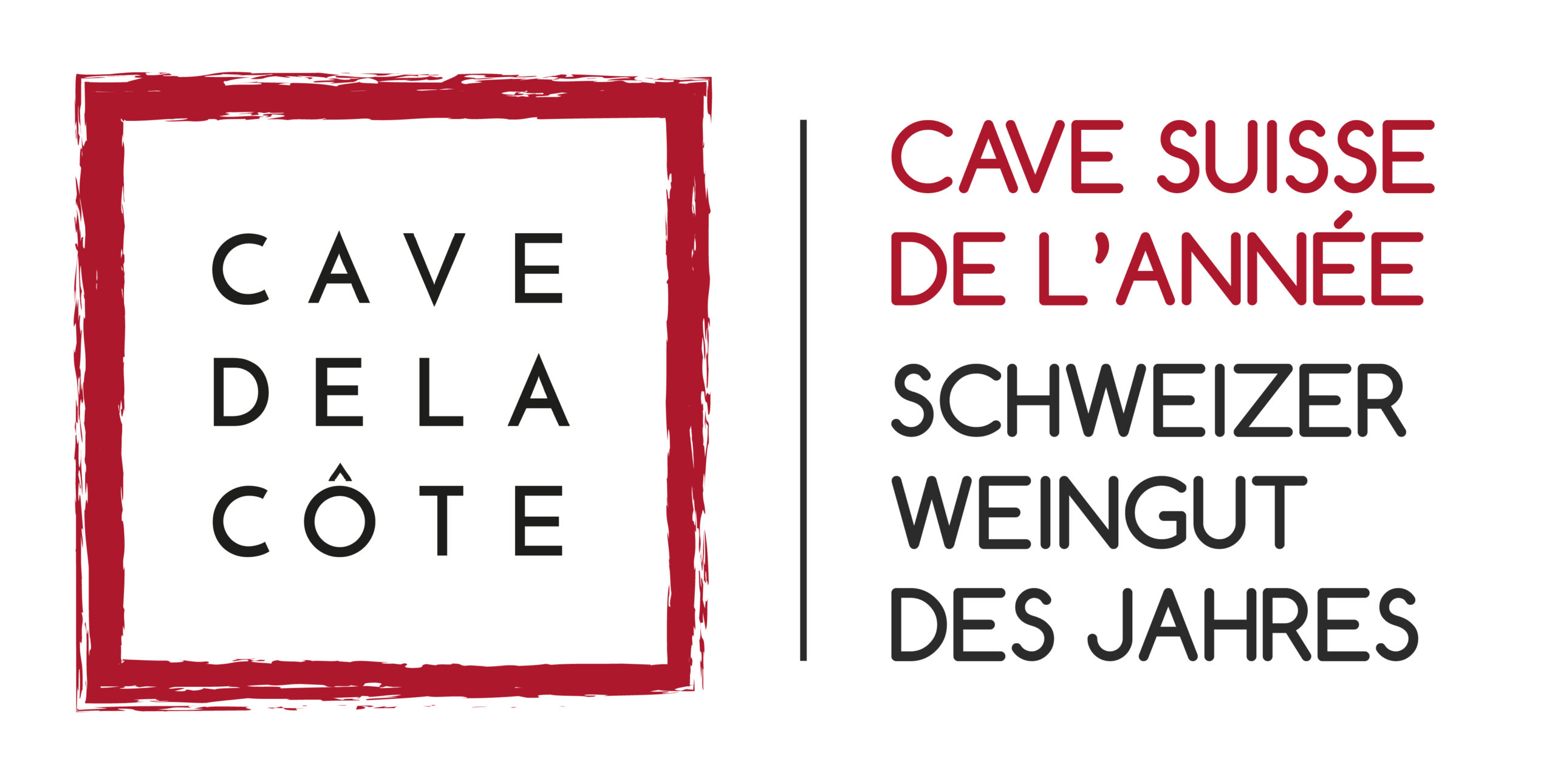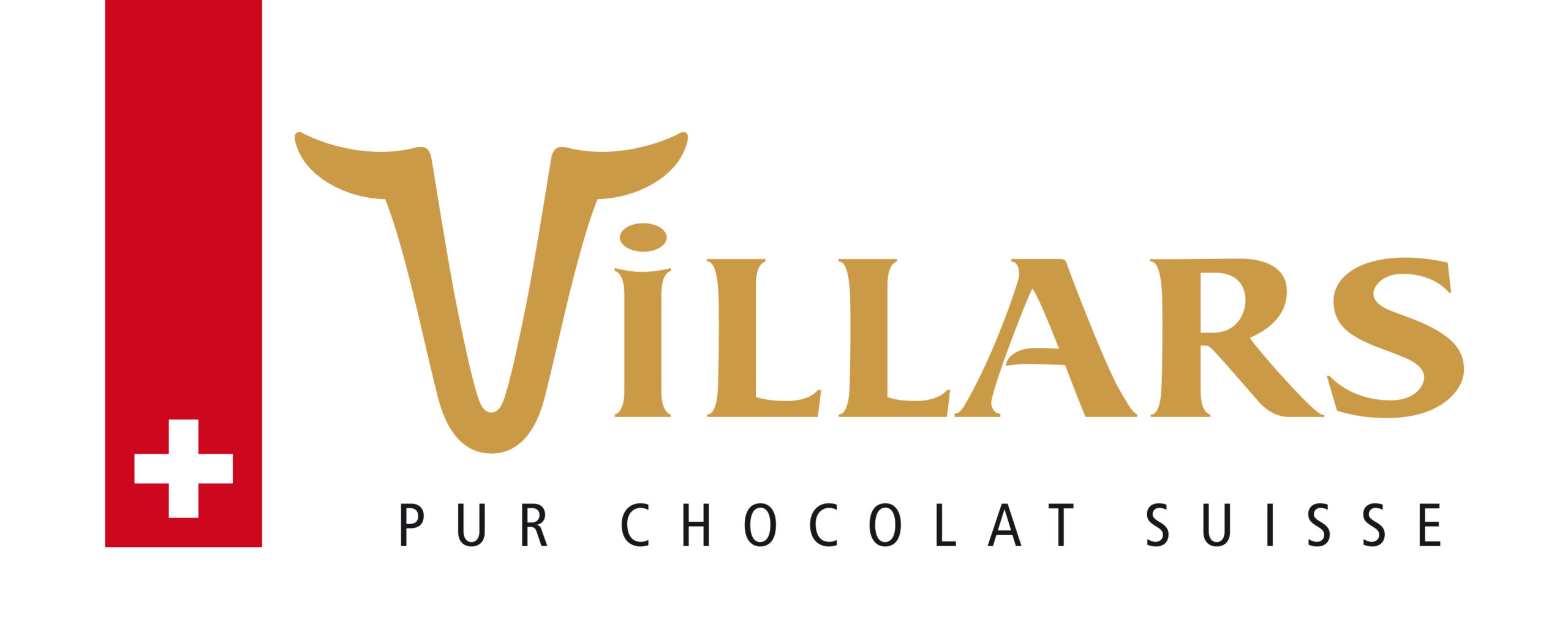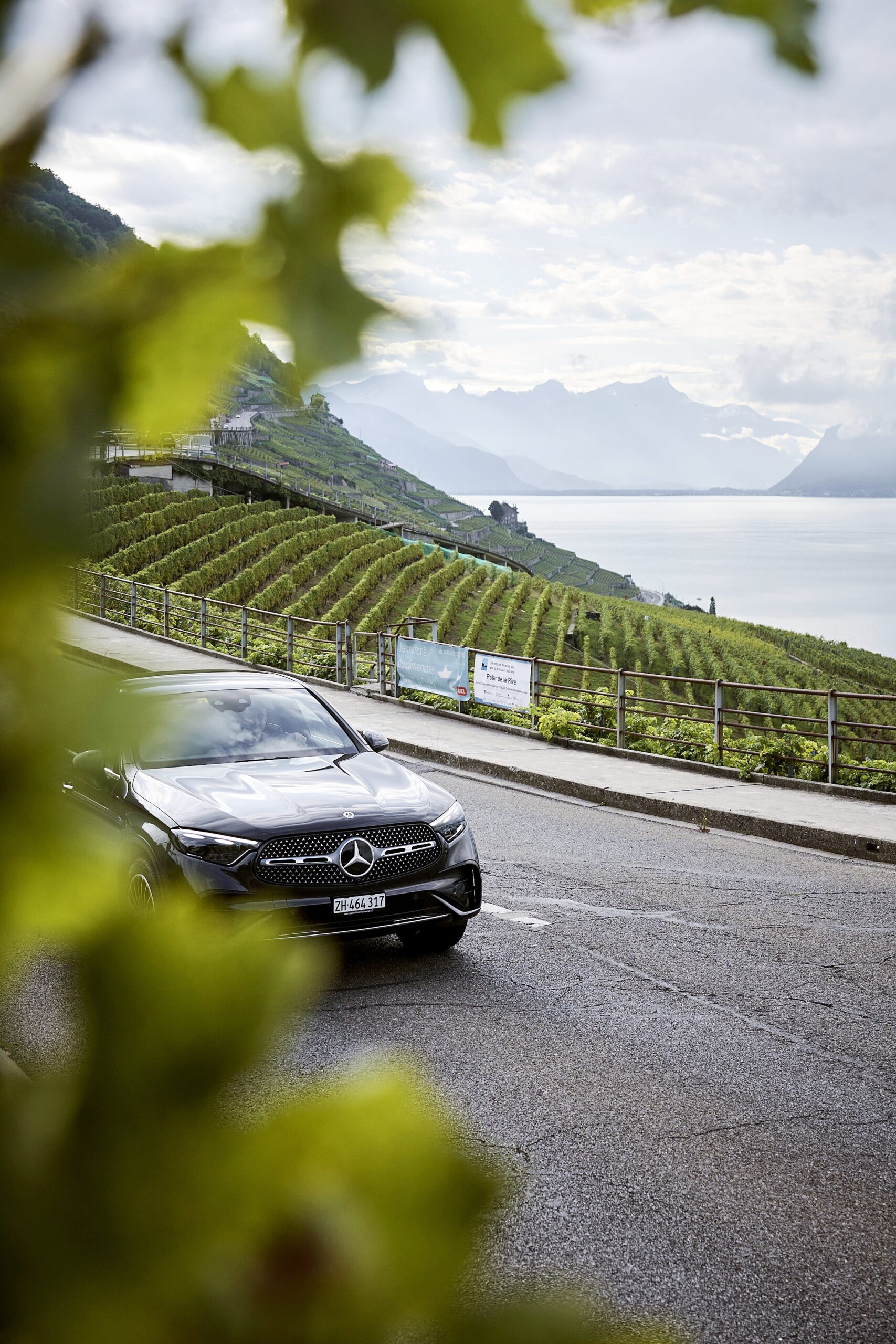
Guy Ravet drives along Lac Léman in a Mercedes-Benz GLC 300 e Coupé to meet winemakers, farmers and colleagues.
“IT’S CALLED LAC LÉMAN!”
“Lake Geneva” should not be said here, the visitor from German-speaking Switzerland realizes immediately after using the word carelessly. “It’s not called Lake Geneva, it’s called Lac Léman,” says Guy Ravet, with his usual sympathetic yet determined expression on his face. The star chef of the Grand Hotel du Lac in Vevey has invited us on a short tour around the eastern part of the identity-giving lake, meeting us at the beginning in the picturesque wine-growing village of Épesses for a first waypoint.
WINEMAKER ICON
Ravet rings the doorbell of Blaise Duboux, one of the great winemakers in Lavaux, whose estate has been named one of the best 150 wineries in Switzerland by GaultMillau 2023. “Professor Tournesol” – known to us as Professor Bienlein from “Tintin” – is what Ravet calls the likeable man in the winemaker look with short pants, all-terrain footwear and alert eyes. In the small building Duboux vinifies his organic wines, with Guy Ravet he checks the ripening stage of various Chardonnays and Chasselas, which rest in barrels made of Swiss oak. “The wine stays in the barrel for at least twelve months, after which it is bottled directly,” says the winemaker. “But I’m not interested in the wood flavor; I’m interested in wines rich in finesse,” he says, explaining his approach. To be sure, he says, there is a market for “bodybuilder wines,” as he calls products tending toward breadth and richness, and that’s perfectly fine. “It’s just not what I want,” Duboux says.
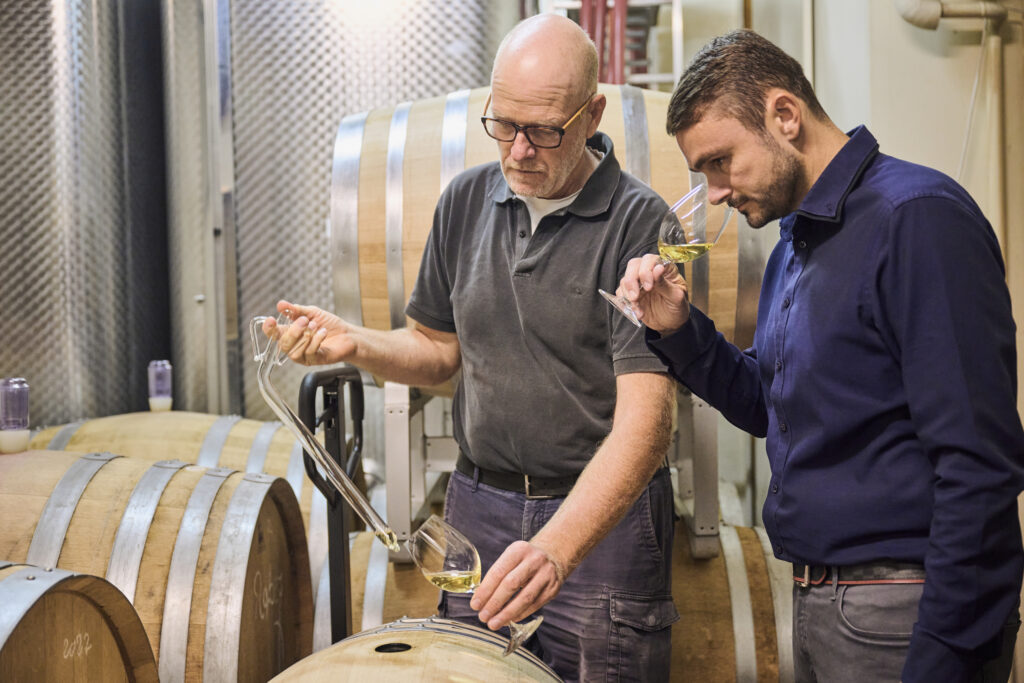
NATURAL WINE FROM THE GLASS AMPHORA.
The Frenchman also earns the affectionate description as a mad professor with his delight in experimentation. A moment ago, he was poking around with a new kind of bottle cap made of plastic and cork, but declared the experiment unsatisfactory. Now he pulls a kind of black stump from a mighty glass amphora that conceals another test run: In the so-called Wineglobe, a huge handmade glass vessel, is an unfiltered natural wine-Chasselas-which, in the hermetically sealed sphere of the glass, has achieved an astonishing clarity but too little flavor, as the exploratory winemaker notes: “My goal was to bring out the purest possible flavor of the terroir-sand, pebbles, rocks and little earth. But without oxygen, a very unusual flavor emerges that you wouldn’t expect from a wine.”
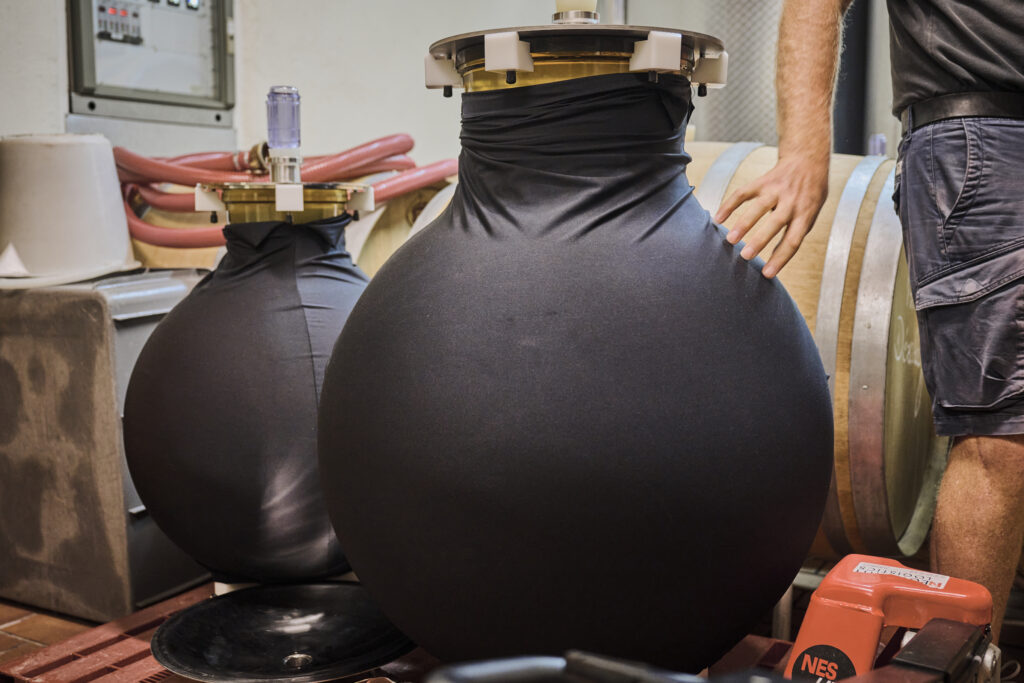
UP INTO THE HILLS
After the amazing experience in the cellar, the 17-point chef climbs into his Mercedes-Benz GLC 300 e with the elegant flowing shapes of a coupe. Silently, Épesses’ plug-in hybrid rolls out into the hills. “Thanks to the sufficiently large battery, I was able to drive effortlessly from my home in Vufflens-le-Château to here using only the electric drive,” Ravet says. Now the Unesco World Heritage-listed vineyards come into view. They seem to be laid around the steep hilly landscape like deep green bands of fabric around a soft organic shape.
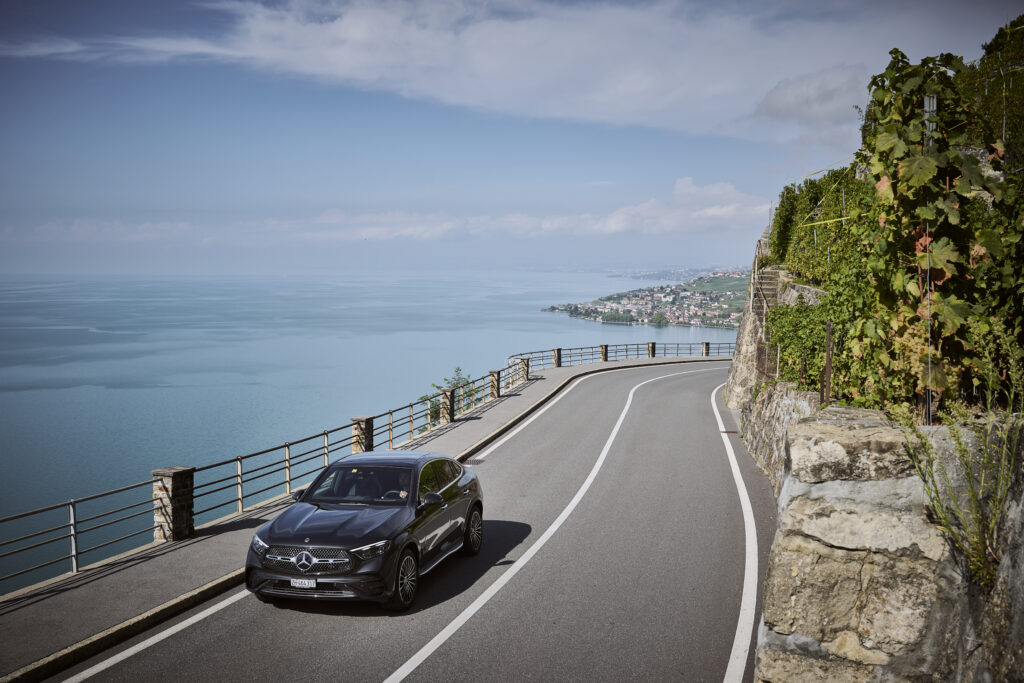
WAGYU EMBRYOS FROM JAPAN
The next Lac-Léman original the chef wants us to meet is cattle farmer Mathieu Balsiger in St-Légier. The farmer is a friendly and impressive figure; he keeps 200 Limousin cows on his farm and in summer at 1000 meters on the alp near his estate. “I like the frugal character of these animals, and their not-too-lush size makes them well suited to the mountains,” Balsiger says. But ultimately, he says, he chose Limousin cattle for aesthetic reasons: “I like the reddish-brown color and the white ‘made-up’ eyes and mouths.” Nevertheless, Balsiger also made an attempt with Wagyu cattle and bought twelve embryos from Japan for about 100,000 francs. Only three of them, however, have grown into proud animals, recognizable by their jet-black, shiny coats.
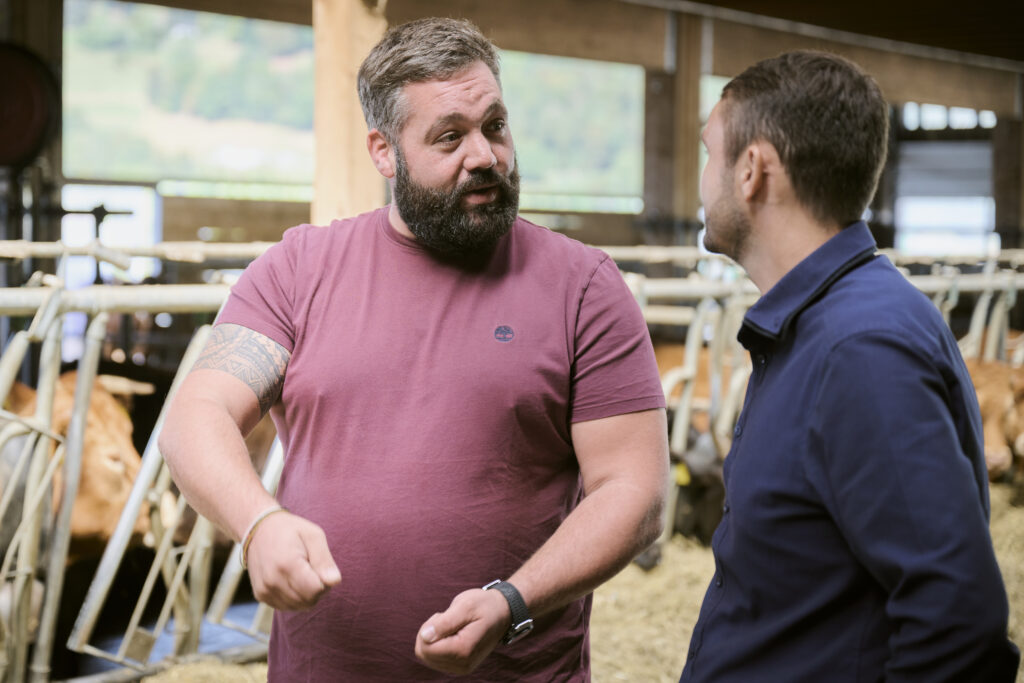
TATAR AND BURGER
What will become of the Wagyu experiment is still unclear. Guy Ravet continues to use the lean Limousin meat for two dishes consistently made from different parts of the St-Légier animals for the Grand Hotel du Lac: “We cut tartare from the hoof and our burgers from fattier cuts. I like the idea that these two dishes can be made with meat from the immediate region. Most of the time, that’s not even possible because of the quantities required,” says the star chef.
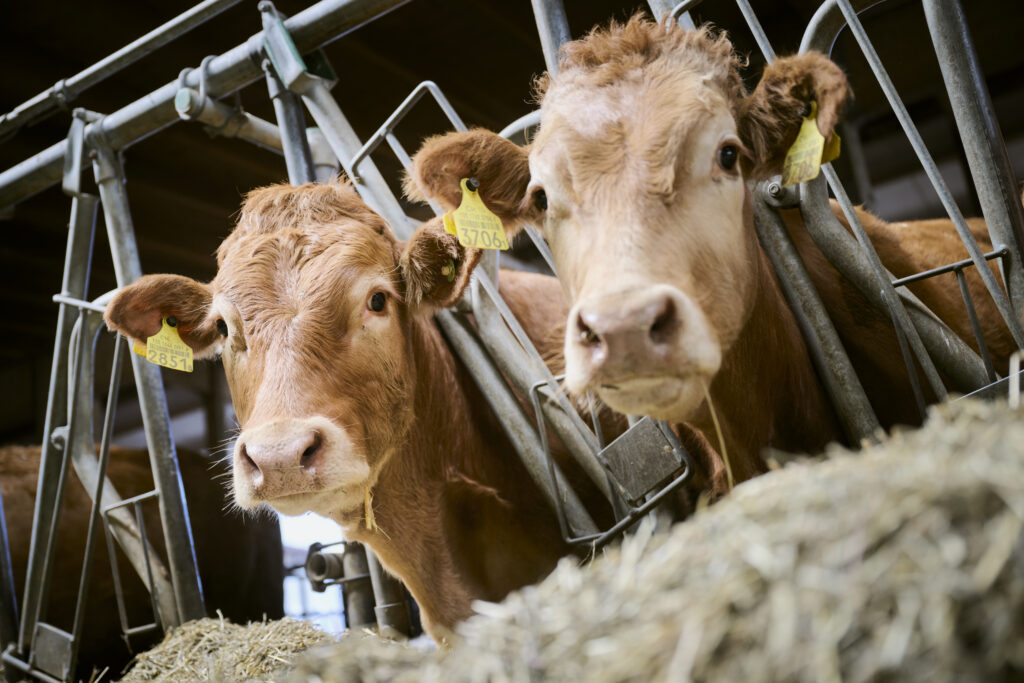
IN THE FRONT ROW
Although Lac Léman, which lies far down in the valley, can also be seen from the farm, at the end of this drive through the surrounding hills we are sitting in the front row, so to speak. Matthieu Bruno’s restaurant in Chardonne is not called “to the beautiful view”, but you undoubtedly have it from the balcony of his “La-Hàut” (16 points). Bruno is on the board of the association Les Grandes Tables Suisses, which Guy Ravet presides over. As a gesture of friendship, Bruno serves his fellow chef dishes with carefully composed aesthetics. It can certainly be seen as a metaphor for much of what is created in and on the earth around Lavaux. Or for what is possible when man and nature complement each other congenially.
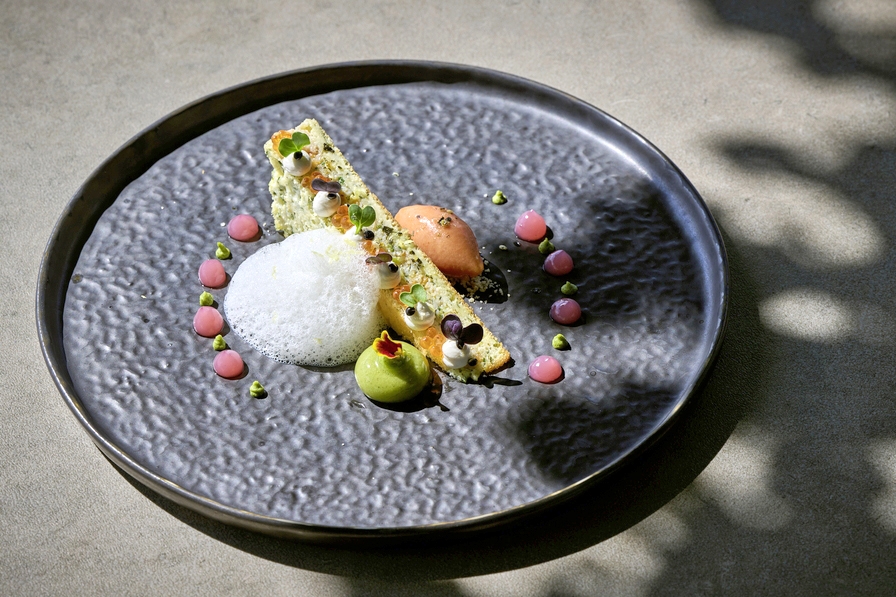
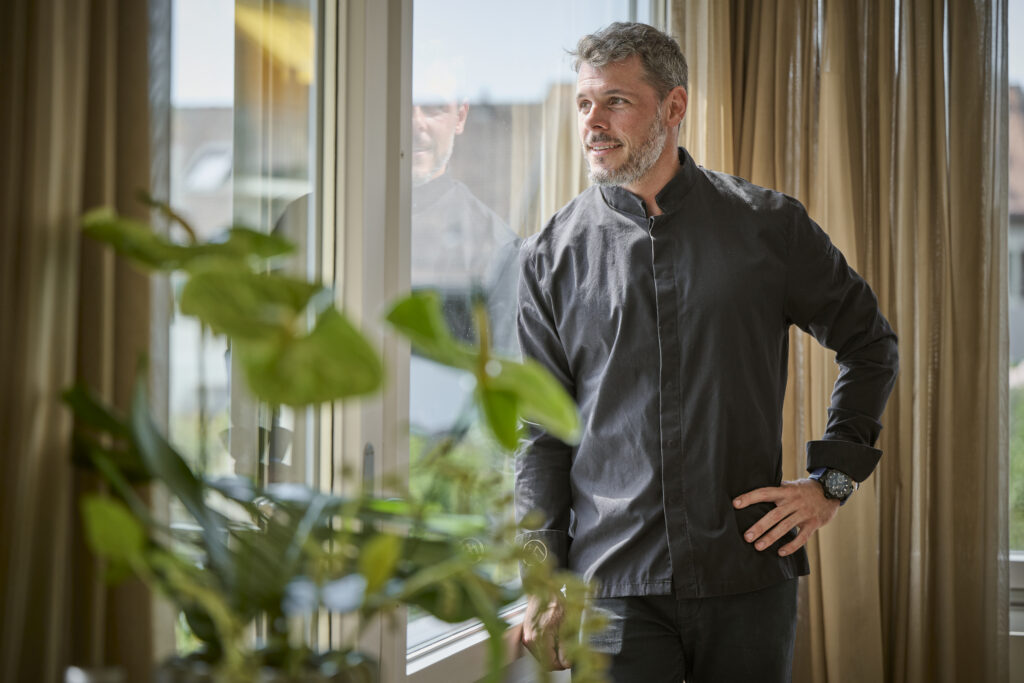
Text: David Schnapp | Photos: Gabriel Monnet
